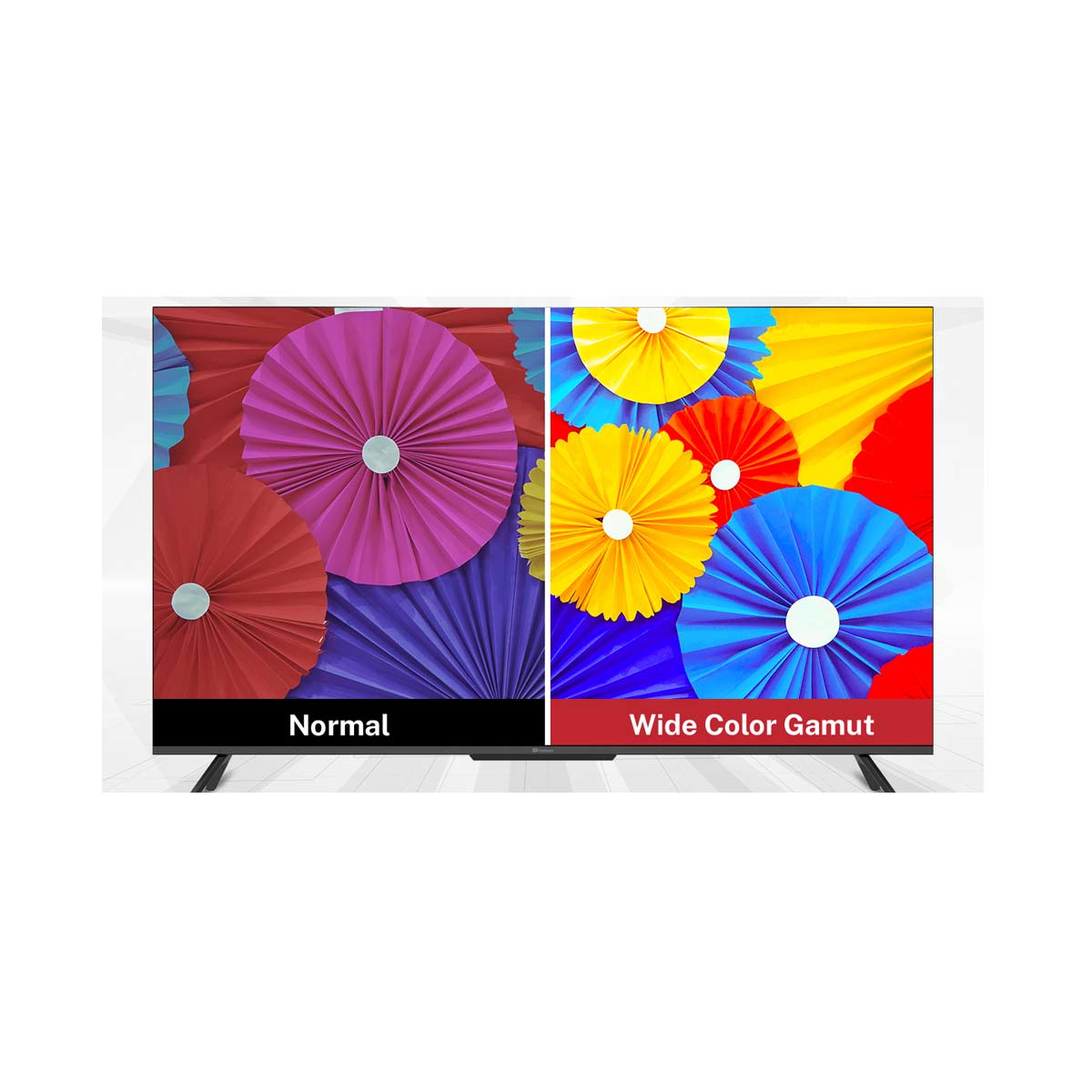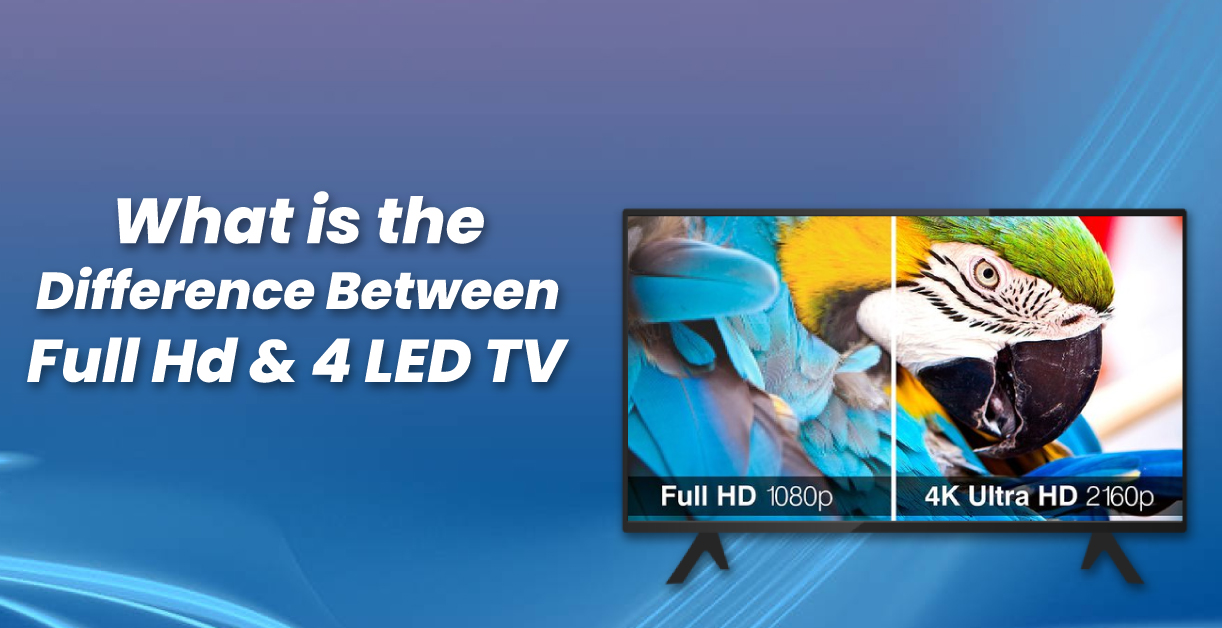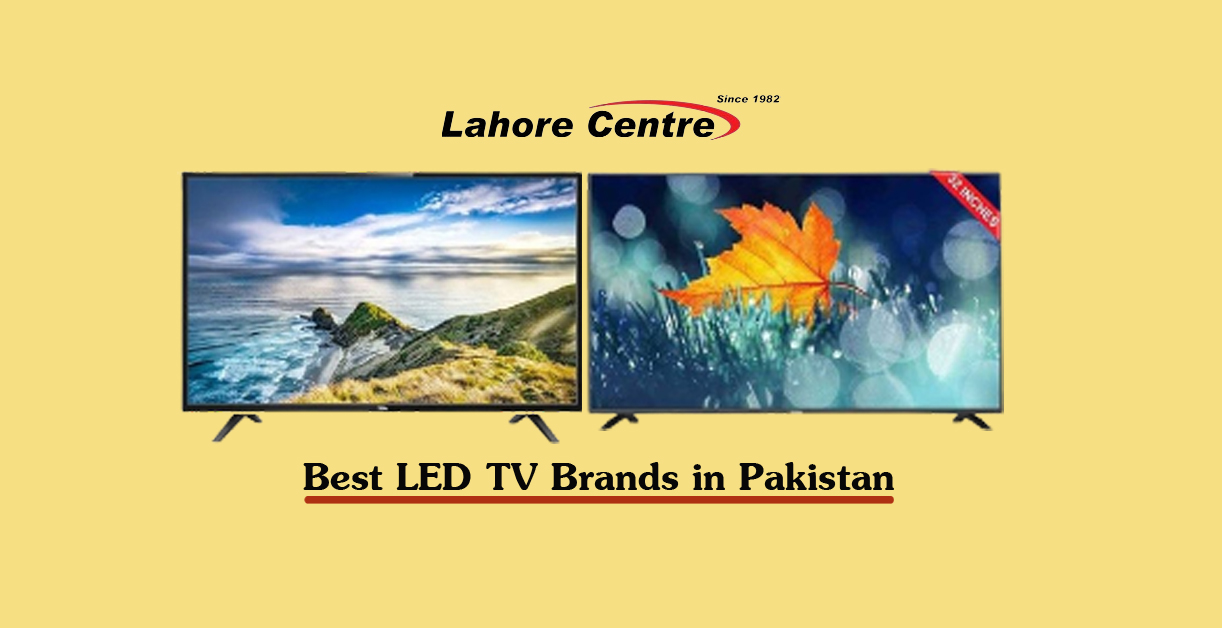Smart TV is undergoing a significant transformation with the integration of Artificial Intelligence (AI).
This technology utilizes advanced algorithms to analyze user preferences and viewing habits. The result
is a more personalized content discovery process, where the smart TV tailors recommendations based
on individual preferences over time. AI enhances the overall user experience, making smart TVs
more intuitive and adaptive. As the demand for these technologically advanced smart TVs grows, consumers are also exploring factors such as smart TV price in Lahore, reflecting the increasing importance of AI features in the purchasing decisions of users.
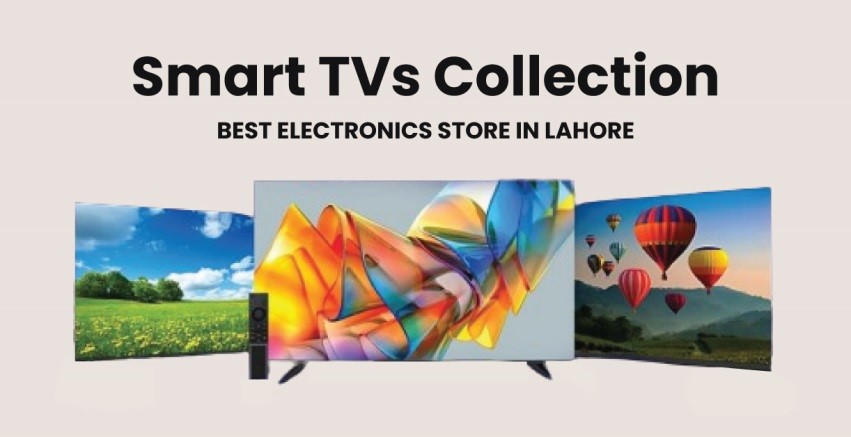
Voice Recognition and Natural Language Processing
Voice-controlled remote controls and built-in virtual assistants are revolutionizing how users interact with smart TVs. The integration of voice recognition and natural language processing allows users to navigate their smart TVs using voice commands. This hands-free approach simplifies tasks such as changing channels, searching for content, and adjusting settings, providing a more convenient and interactive viewing experience.
Augmented Reality (AR) and Virtual Reality (VR) Experiences
The integration of Augmented Reality (AR) and Virtual Reality (VR) technologies is introducing a new dimension to smart TV entertainment. AR overlays digital information onto the real-world environment, providing an enhanced and interactive viewing experience. Meanwhile, VR creates immersive virtual environments, revolutionizing gaming, simulations, and interactive storytelling on smart TVs. As consumers increasingly explore these advanced features, considerations like smart TV price in Lahore become integral, influencing the accessibility and adoption of AR and VR technologies for a more captivating and dynamic entertainment experience on television screens.
5G Connectivity for Seamless Streaming
The advent of 5G connectivity is poised to transform the streaming capabilities of smart TVs. With faster and more reliable internet speeds, users can enjoy high-definition content without buffering delays. This opens up possibilities for streaming in 4K and even 8K resolutions seamlessly, enhancing the overall streaming experience on smart TVs.
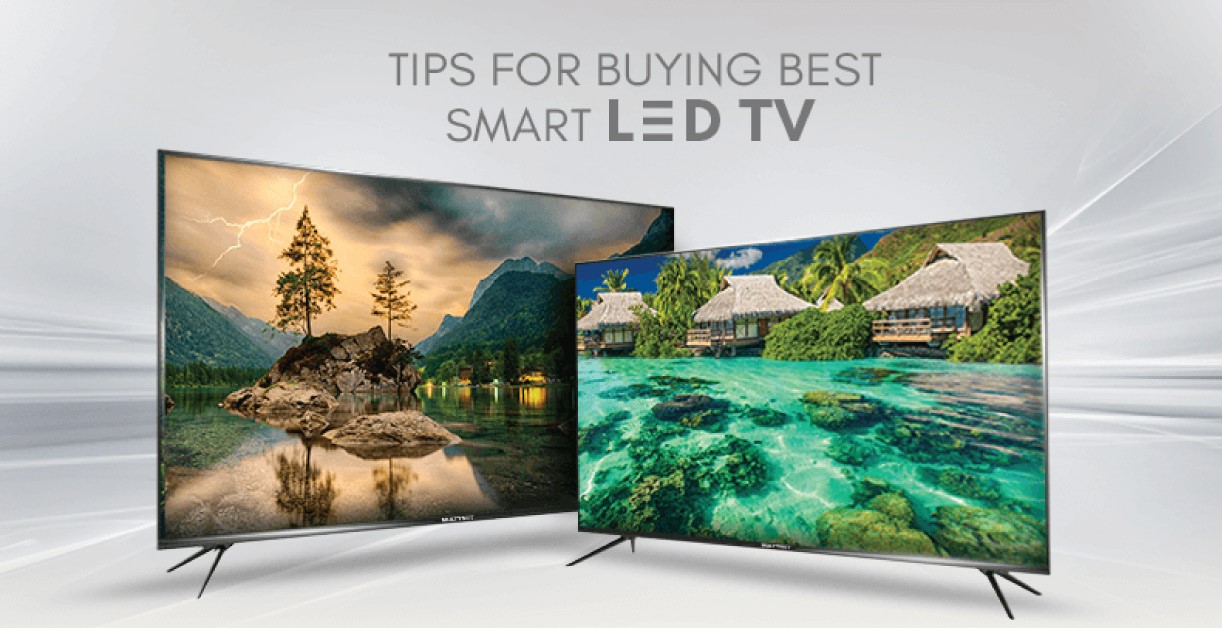
What are the two types of Smart TV?
The world of home entertainment has been significantly impacted by the rise of smart TVs, offering a multitude of features beyond traditional television. Two primary categories define the landscape of smart TVs, each presenting distinct characteristics and functionalities.
1- Operating System-Based Smart TVs
Smart TVs falling under this category are powered by specific operating systems, shaping their user interface and capabilities. Notable examples of operating system-based smart TVs include:
2- Android TV
Embracing the well-known Android operating system, Android TV-equipped smart TVs provide users with access to an extensive range of apps available through the Google Play Store. The user interface is user-friendly, and the integration with Google services enhances the overall smart TV experience.
3- webOS (LG) and Tizen (Samsung)
Designed exclusively for LG and Samsung smart TVs, webOS and Tizen are proprietary operating systems. These systems offer intuitive interfaces and exclusive features tailored to their respective brand ecosystems.
4- Platform-Agnostic Smart TVs
The second category encompasses smart TVs that are platform-agnostic, meaning they do not depend on a specific operating system. Instead, these TVs incorporate a variety of applications and services compatible with multiple platforms. Examples include:
5- Sony Bravia TVs
Known for their simplicity and versatility, Sony Bravia TVs offer a platform-agnostic approach. They provide users with a broad selection of streaming channels and services, allowing compatibility with various streaming apps and services.
6- Smart TVs with Built-in Features
Some smart TVs do not rely on a dedicated operating system but come with built-in features and apps. These TVs may include pre-installed apps for popular streaming services, web browsers, and other functionalities.
Understanding these two main types of smart TVs — operating system-based and platform-agnostic — empowers consumers to make informed decisions based on their preferences and requirements. Whether opting for the seamless integration of a specific operating system or the flexibility of a platform-agnostic approach, smart TVs continue to offer diverse options for today’s tech-savvy consumers.
Which is better OLED or QLED?
When it comes to choosing a high-quality television, the decision often boils down to the battle between OLED (Organic Light Emitting Diode) and QLED (Quantum Dot Light Emitting Diode) technologies. Both promising exceptional visual experiences, understanding the differences between OLED and QLED is crucial for making an informed decision.
OLED Technology
OLED technology is renowned for its ability to deliver deep blacks and vibrant colors. In an OLED display, each pixel emits its own light, allowing for precise control over individual pixels. These results in perfect blacks, as pixels can be turned off completely, leading to an infinite contrast ratio. OLED TVs are known for their exceptional picture quality, wide viewing angles, and fast response times, making them ideal for movie enthusiasts and gamers.
QLED Technology
On the other side of the spectrum is QLED technology, pioneered by Samsung. QLED TVs use Quantum Dots, tiny semiconductor particles, to enhance the color and brightness of the display. While they do not have the same level of control over individual pixels as OLEDs, QLED TVs excel in brightness. They can achieve higher peak brightness levels, making them a great choice for well-lit rooms. Additionally, QLED TVs often come with advanced features like improved HDR (High Dynamic Range) performance.
Factors to Consider
Before buying following are the factors that should be considered:
1-Black Levels and Contrast:
OLEDs offer superior black levels due to their ability to turn off individual pixels, resulting in infinite contrast. QLEDs, while impressive, may not achieve the same level of deep blacks.
2- Brightness:
QLEDs generally have an edge in terms of brightness, making them suitable for rooms with ample natural light. OLEDs may not reach the same brightness levels but excel in controlled, dark environments.
3- Viewing Angles:
OLEDs maintain consistent colors and brightness levels even at wide viewing angles. QLEDs may experience some degradation in color and contrast when viewed off-center.
4- Price:
OLED TVs tend to be more expensive than QLED TVs of comparable sizes, which may impact the purchasing decision. You can get affordable smart TV price in Lahore at our renowned store Lahore Centre. The reason of its publicity is it easy installment packages and lowest markup rates (3%) on all home appliances.
Why smart TV is called smart?
A smart TV is called “smart” because it goes beyond the traditional functions of a television set, incorporating advanced features and capabilities that enhance the viewing experience and provide additional functionalities. The term “smart” is used to describe these televisions because they have the ability to connect to the internet and access a wide range of online services, applications, and interactive features.
Key reasons why smart TVs are labeled as “smart”:
1- Internet Connectivity:
Smart TVs are equipped with built-in Wi-Fi or Ethernet ports, allowing them to connect to the internet. This connectivity opens up a world of online content, streaming services, and interactive features.
2- App Integration:
Similar to smartphones, smart TVs support the installation of applications. Users can download and install apps for streaming services, gaming, news, weather, and more, directly on their television.
3- Streaming Services:
Smart TVs provide access to popular streaming platforms like Netflix, Hulu, Amazon Prime Video, and others. Users can stream on-demand content without the need for external devices.
4- Web Browsing:
Many smart TVs come with web browsers, enabling users to surf the internet directly on their television screens. This feature enhances the versatility of the TV beyond conventional broadcasting.
5- Interactive Features:
Smart TVs often include interactive features such as voice control, gesture recognition, and touchscreens on remote controls. These features contribute to a more user-friendly and intuitive experience.
6- Content Recommendation:
Through the use of artificial intelligence, smart TVs can analyze viewing habits and preferences, offering personalized content recommendations to users. This adaptive capability enhances the overall user experience.
7- Updates and Upgrades:
Smart TVs can receive software updates over the internet, ensuring that the device remains up-to-date with the latest features, security patches, and improvement.
Hope this article will help you to buy your desired product. For more information please visit: lahorecentre.com or contact us at 0333 363 3637.




